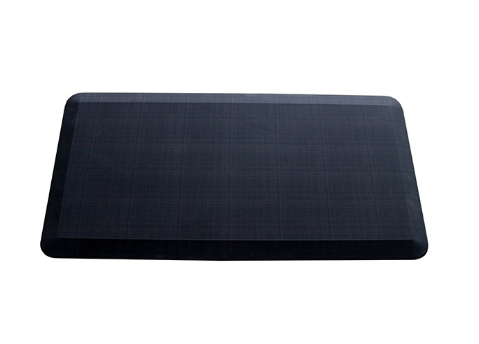Generally injection molding PP, POM and other polymers are screen printing. Screen printing is the same as screen printing, and the principle is also similar. That is, the basic principle of screen mesh printing is used to permeate ink, and non-graphic printing is not permeable to ink. During printing, pour ink on one end of the screen printing plate, apply a certain pressure on the ink portion of the screen printing plate with a scraper, and move toward the other end of the screen printing plate. The ink is squeezed by the scraper from the mesh in the graphic part to the substrate while moving.
It is true that in practical applications, phenolic, alkyd and other types of inks or coatings are easy to operate, but their adhesion, hardness and wear resistance are difficult to meet the requirements. Your letter does not state what type of ink the polymer uses. So I can only suggest that you use acrylic, nitro, polyurethane or epoxy type inks or coatings to improve the adhesion.
PP and POM are high-crystallinity, low-surface tension, non-polar molecular structure polymer materials. In their molecular structure, there are no polar groups such as carbonyl, carboxyl, hydroxyl, etc., so it is more suitable for network Printing. But for polyolefin materials, in order to ensure the adhesion of the ink film, the plastic surface must be treated.
In general, there are two popular methods at present: One method is to increase the surface tension of plastic solids. The method is to use ultraviolet rays to increase the molecular weight of the low molecular layer on the plastic surface in the presence of photosensitizer and increase the surface tension of the solid surface. . Another method is to oxidize polyolefin plastic surface molecules to generate some polar groups such as carboxyl groups, hydroxyl groups, and carbonyl groups on the surface to increase the critical surface tension of the plastic surface and improve the adhesion of inks and coatings to the plastic surface Performance, flame, chromic acid mixture, discharge oxidation, ozone oxidation and other treatment methods can be used.
This step is very necessary and cannot be cancelled in theory. As for the PP treatment water treatment process used by your company, it can be considered to be replaced by other methods, but this step of surface treatment is very necessary.
Specific treatment methods also require specific analysis of specific issues.
Past research has shown that standing on hard ground for long periods of time can be detrimental to workers' productivity and health!
A simple truth everyone knows -- he's not feeling well!
On a more complex level, standing on a hard surface for long periods of time is uncomfortable -- because your leg muscles become stationary and stiff, and your body is contorted by constantly trying to stay upright.
In the short term, it reduces the natural flow of oxygen and blood back to the heart, resulting in fatigue and lower limb morbidity.
Standing for long periods of time can cause varicose veins, lower back pain, leg pain and other common ailments.
The most practical and comfortable way to effectively eliminate the pain and suffering of standing workers is to use well-designed anti-fatigue floor MATS.
These ergonomic products can have a huge impact on injury prevention -- improving workers' posture, reducing feelings of fatigue, and increasing productivity.
Anti-fatigue floor mat, gradually improve the delicate movement of thigh and calf muscles; As muscles contract and relax, their blood flows back to the heart and the lower extremity burden is removed, which can combat standing fatigue for long periods of time.

Anti Fatigue Mats, Office Standing Mats, Office Standing Mat
Ningbo YINGBOTE Trading Co.,Ltd , http://www.intelligentoffice-cn.com